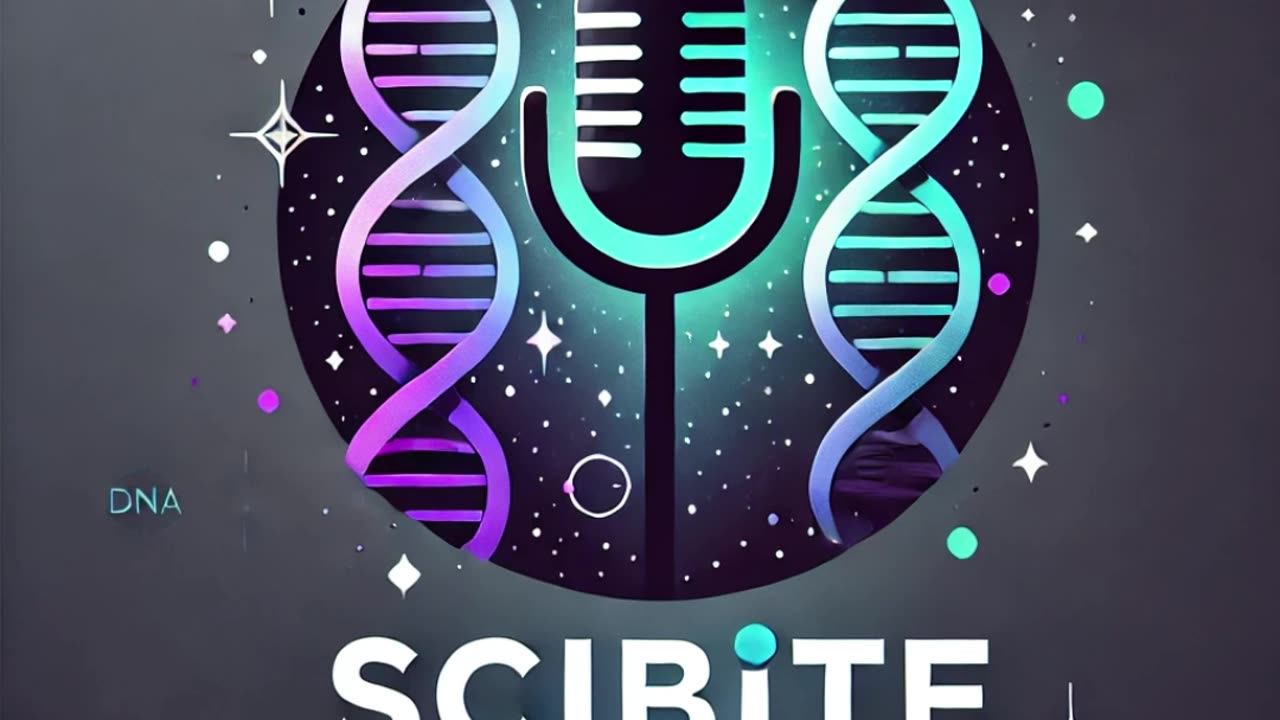Premium Only Content

🌙Astronauts’ Dream Oasis: Water Discovered in Unexpected Lunar Regions🌙
🌟 **Breaking News:**
- Comprehensive analysis of Moon maps reveals multiple sources of water across various latitudes, including near the equator.
- This discovery could provide future astronauts with easier access to water, a crucial resource for lunar exploration.
🛰️ **Data Source:**
- Researchers used data from the Moon Mineralogy Mapper (M3) on the Chandrayaan-1 spacecraft to map water and hydroxyl on the Moon’s surface.
- The study details the stability and distribution of these substances, uncovering geological activities that facilitate their appearance.
🌋 **Lunar Water Distribution:**
- Water and hydroxyl are found in sunlit rocks and soils, including water-rich rocks excavated by meteor impacts at all latitudes.
- Previously, it was thought that only the polar regions, particularly deeply shadowed craters, contained abundant water.
🔬 **Mapping Techniques:**
- The research team studied M3 data, using infrared spectroscopy to detect water and hydroxyl in the reflected sunlight.
- The M3 instrument recorded 85 colors from the visible spectrum into the infrared, providing detailed compositional insights.
🌟 **Key Findings:**
- Water in the lunar surface is metastable, slowly degrading over millions of years but leaving hydroxyl behind.
- Cratering events expose sub-surface water-rich rocks, which degrade slowly due to solar wind.
- The lunar surface has a complex geology with significant water in the sub-surface and a surface layer of hydroxyl.
📊 **Moon Map of Hydroxyl:**
- The map shows hydroxyl absorption bands, correlating with different minerals like clay and sulfate minerals.
- Higher spectral resolution data is needed for definitive identification of hydroxyl-bearing minerals.
🌙 **New Discoveries:**
- The study sheds light on the behavior of lunar water, showing stable mineral absorptions of water and hydroxyl with daily effects.
- Lunar swirls, enigmatic features on the Moon, are deficient in hydroxyl and water but sometimes higher in pyroxene content.
- New hydroxyl absorption features, not visible in visible light, indicate old eroded swirls and new types like arcs and linear features.
📚 **Reference:**
- “The Global Distribution of Water and Hydroxyl on the Moon as Seen by the Moon Mineralogy Mapper (M3)” by Roger N. Clark et al., published in The Planetary Science Journal.
- DOI: 10.3847/PSJ/ad5837
🎙️ **Join us** as we explore this groundbreaking discovery of water in unexpected lunar regions. Learn how this finding could revolutionize future lunar missions and provide astronauts with easier access to water. Don't forget to like, share, and subscribe for more exciting updates on space exploration! 🌙
📚 Interested in learning more? Check out these amazing science books and resources on Amazon that I've handpicked for you! Dive deeper into the subject and expand your knowledge. 📚
🛍️ Shop my recommendations: https://amzn.to/3AuBl1r
💡 Remember, when you purchase through my link, you're supporting my channel and helping me create more engaging science content for you! It doesn't cost you anything extra, but it means a lot to me. 😊
⬇️ Don't forget to:
Like this video if you enjoyed it!
Subscribe for more bite-sized science content!
-
 23:34
23:34
marcushouse
5 hours ago $4.48 earnedBREAKING: Starship Launch IMMINENT – But What’s This SURPRISE Flight 9 Plan?! 🚀🔥
18.5K3 -
 8:43
8:43
Film Threat
23 hours agoTHE MONKEY | Film Threat Reviews
35.6K1 -
 15:55
15:55
TSPLY
1 day agoThe Media Is Very Afraid Of FBI Director Kash Patel
23.2K23 -
 6:57
6:57
Cooking with Gruel
18 hours agoMake Cheese Great Again
19.7K10 -
 5:17
5:17
Mrgunsngear
21 hours ago $5.20 earnedPresident Trump Has Appointed A New ATF Director
27.5K24 -
 48:17
48:17
Athlete & Artist Show
8 days ago $0.48 earnedS5E1: Chucky Announces First Kid, 4 Nations Face Off, and more!
14.6K -
 38:30
38:30
hickok45
7 hours agoSunday Shoot-a-Round # 269
41.3K12 -
 1:39:55
1:39:55
Squaring The Circle, A Randall Carlson Podcast
1 day ago#040 Humanity's Expansion Into The Cosmos: A New Age - Squaring The Circle
23.7K4 -
 12:54
12:54
ariellescarcella
16 hours agoYou're NOT Queer, Just Annoying And Boring
15.7K11 -
 18:57
18:57
Fit'n Fire
13 hours ago $1.13 earnedA PDW That Thumps -- Stribog SP45A3 45ACP
18.8K1